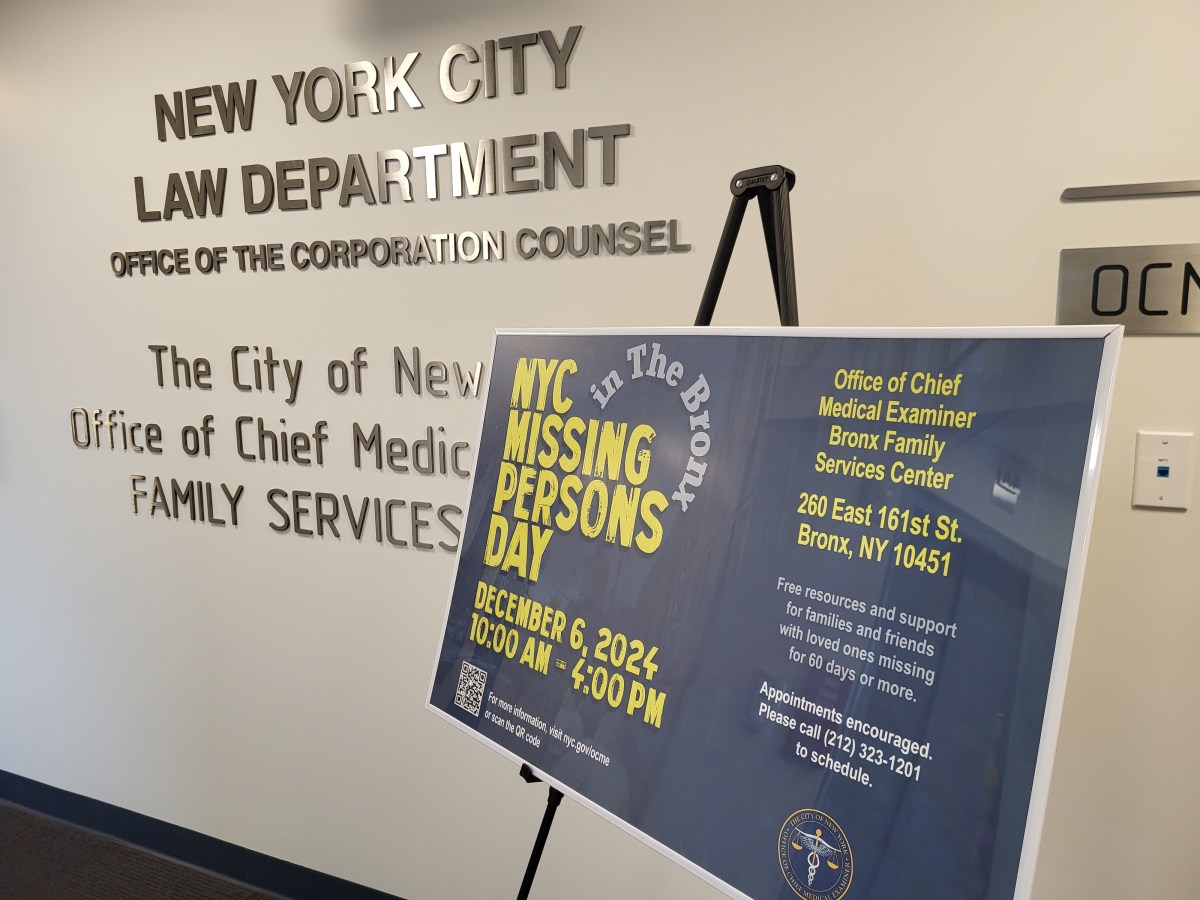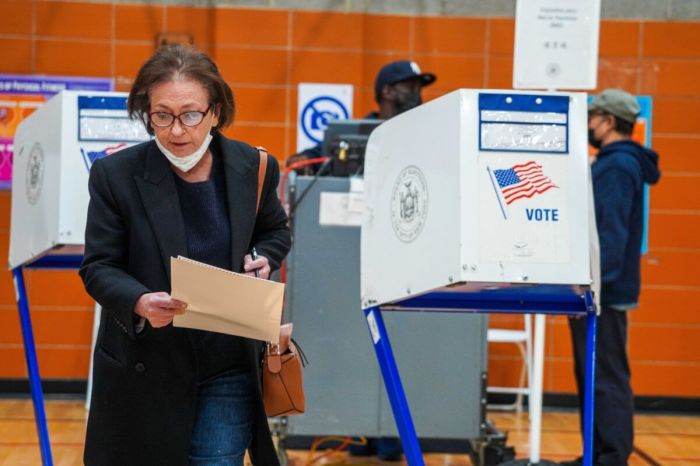
The conflict over standardized tests, opting out and teacher performance reviews may have reached the inferno level: Self-righteous certainty has replaced reasoned debate.
In New York City, officials say it will take weeks to determine how many kids opted out of last week’s English tests, but it will clearly be far more than the 1,925 students who skipped the exams in protest last year. Beginning Wednesday, the math tests will be offered.
We’ve been clear about supporting rigorous teacher evaluations based in part on student performance. But now, one more impassioned plea that children take the math tests this week won’t even be heard in an atmosphere in which a civil conversation can’t be had.
Instead, sharing a little history may clear up some misconceptions.
It all started with . . .
No Child Left Behind: The furor over education reform in New York got serious over the past few years, but the conflict has its roots in this 2001 federal law. NCLB was a plan to raise standards, erase achievement gaps and hold schools accountable for getting every child to age-appropriate skill levels by 2014. Schools that missed the mark would have been judged as “failing” and faced penalties.
What happened: The federal law set no actual achievement standards. The 50 states were left to create their own, with the silly result that the more rigorous a state’s standards were, the worse its results looked.
That led to the . . .
Common Core standards: A national education policy with 50 state standards of varying rigor couldn’t work, so the National Governors Association and the Council of Chief State School Officers got together to create one set of standards for proficiency in English and math. Released in 2010, the basis of the standards is the skills and knowledge students need to enter college or the workforce. College leaders, employers and experts in higher education and workforce readiness helped set these standards. Education experts, many of them K-12 classroom teachers, then adapted these to set the benchmarks students would need to meet in each grade.
What happened: To qualify for certain federal funding, states must adopt rigorous benchmarks. While any state can create its own standards, most — 40 — use Common Core. Opponents argued that curricula developed to meet these benchmarks took time away from creative projects, teachers were disturbed by an inept rollout in New York and some parents were frustrated by unfamiliar teaching methods and befuddling homework assignments.
Then came . . .
Spring achievement tests: No Child Left Behind expanded annual math and English testing to all third- through eighth-graders in 2006 without much controversy. But in 2013, those standardized tests began to reflect the new Common Core standards.
What happened: The new tests replaced far easier ones. So the new results were terrible, with less than 40 percent of students in New York rated as having the skills they should. These new tests also were matched to tougher international standards and will be the model for versions of the SAT and ACT college-entrance exams coming in 2016. It’s worth asking how many kids opting out of the new school tests, which are free, will pay for tutoring and practice tests for college-entrance exams modeled on the tests they’re skipping. Scores on tests given in 2013 and ’14 were low, as parents had been told they would be. But more controversial was their link to . . .
Annual Professional Performance Review: To receive some federal funds, states must evaluate teachers using student performance and classroom observation. In New York, a system basing 20 percent of evaluations on student performance and 80 percent on other measures was agreed to by the legislature, the governor and the state teachers union in 2012.
What happened: Teachers fought basing 20 percent on tests, although the new system protected them, finding less than 1 percent ineffective. Gov. Andrew M. Cuomo thought the results a sham and fought to increase the weight of the test scores.
Cuomo got a new standard passed as part of the budget last month that said teachers judged ineffective on the student performance part of the evaluation could not be judged effective on the overall review. But that move unleashed ferocious opposition from teachers unions, with New York State United Teachers president Karen Magee urging parents not to let their children take the tests. And the number of kids opting out skyrocketed to tens of thousands in New York State.
So now. . .
New evaluation method: The state Board of Regents is tasked with writing the rules by June for these even tougher evaluation standards. Districts must sign on by November. Meanwhile, NYSUT is arguing that teacher evaluations can’t be done this year, with so many kids sitting out the tests. The union is taking a risk. Districts where less than 95 percent of students take their standardized tests can lose federal funding. Districts that thwart evaluation rules could lose hefty state aid increases.
And so . . .
Time to test tolerance: Well-intentioned people can disagree but everyone wants the best for students. Evaluations should be based on student performance, and teachers should step up and help design a fair plan. We believe all students should take their math tests this week. But more than anything else, we believe the level of fury and disinformation in this debate does a disservice to every student, teacher and taxpayer.


































